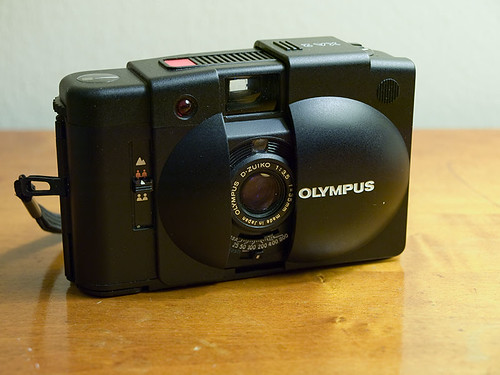Irons in the Fire
The trouble is, in life, we often need to put several irons in the fire. For example, you may need to go back to school for continuing education, but you can't go right away, so you make plans, you make an appointment for the required tests and schedule of classes, you anticipate months of class work. This one task, going back to school, becomes an 'iron in the fire.'
While you're anticipating going back to school, other things will come up, daily life, a new person, a new project, but all the worries of going back to school will still be on your mind. As life goes on, we collect more tasks and responsibilities that stretch out over time or will need to be done in the future, along with the task's we've already begun. Each becomes an iron in the fire, until we are overwhelmed by anticipation.
The irons, the things we need to do, but can't do right away but must eventually complete, the things we start but can't or won't finish, build up in the fire until we become overwhelmed, knowing we will have to abandon some of the irons to burn or abandon the iron we're working on.
Blacksmiths have a way of dealing with too many irons in the fire. They keep some of the irons out of the fire until they are ready, until they've hammered the irons they're working on. Maybe there is some way in life to keep some of those irons beside the fire, waiting, until the ones you're hammering are done, and the ones in the fire are ready. I'm going to try to mentally pigeonhole those tasks and responsibilities, setting them down beside the fire, but out of it, waiting their turn.
By the way, I've learned (to my surprise, since it is such a traditional, low technology craft), blacksmithing is an art that can teach us a lot of important lessons. It teaches that some things can only be learned through experience. Getting good at smithing requires using the hammer. It requires creating a muscle memory of simple moves, before you can make more complicated or sophisticated ones. It requires building up sufficient muscles before you can wield the hammer effectively. It is impossible to become a blacksmith just by being an educated person and following a series of instructions in a book cold turkey, at least not without going through the actual practice of making things. Blacksmithing, is a lot like Zen, it requires practice to realize.
I don't mean the kind of practice your piano teacher had you do as a child, although that is related, but the kind practice that means actually doing something, not as a study, but as a reality. You could purposefully make simple things to teach and strengthen your muscles, but the point is that you have to do it in order to learn it, to realize it, to gain the benefits of it. Talk won't get you there. Reading won't get you there. Knowing won't get you there.
Labels: anxiety, blather, creativity, education, learning, psychology, technology, zen


